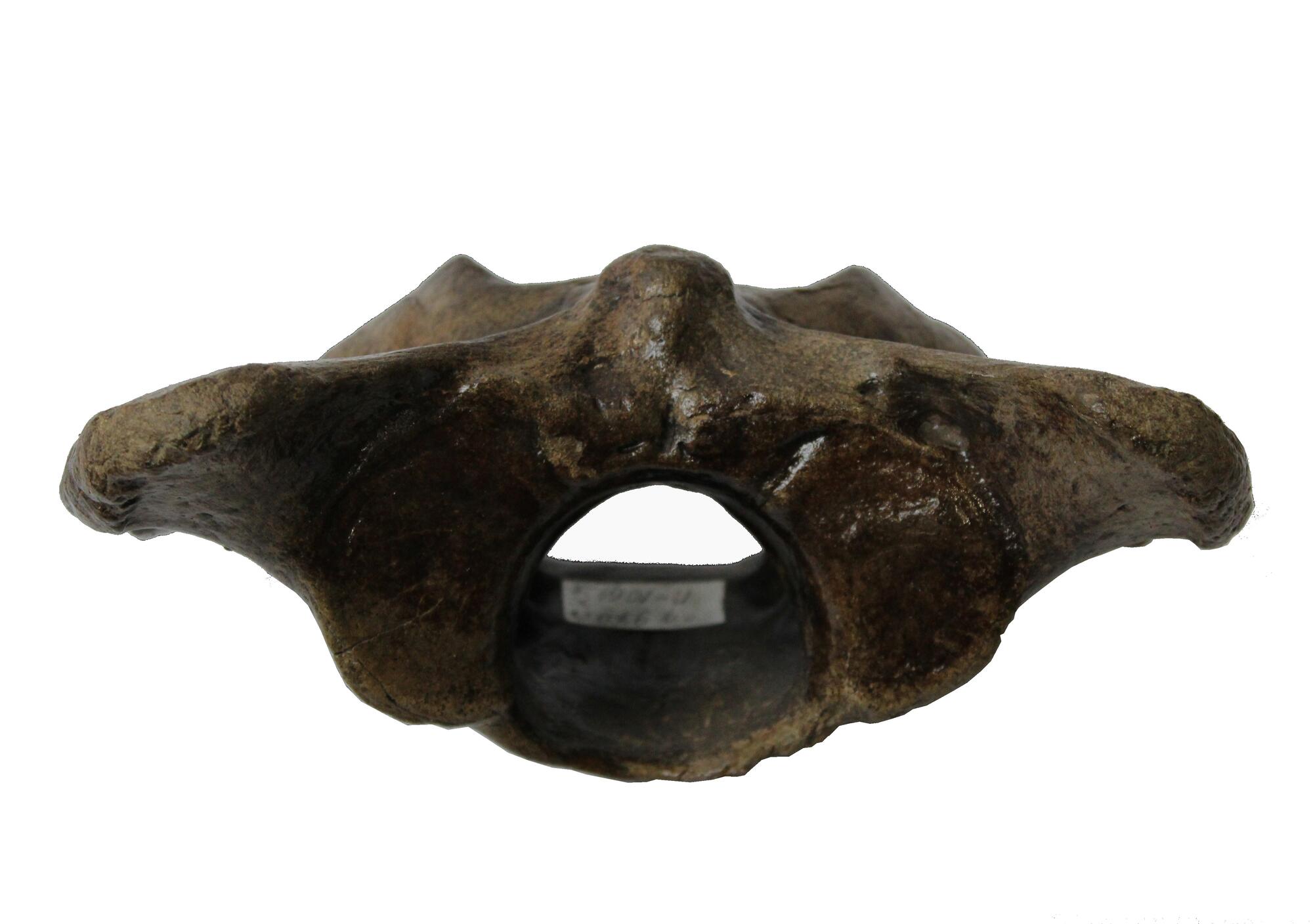Pleistocene is the geological epoch that lasted from about 2.5 million to 11,000 years ago. It is distinguished by major cooling trends and the retreat of thermophilic flora and fauna of Eurasia and North America to the south. During the epoch, coniferous and deciduous forests, having gained a lot resemblance to current forests of the Variable Zone, distributed widely. Also, many mammal genera which exist today emerged. Several species of the genera have not survived to this day, though.
Woolly rhinoceros, a typical representative of the so-called ‘mammoth fauna, ’ was one of those. Now, you can merely imagine these mighty giants who lived throughout Eurasia during the Last Glacial Period. We only know of their existence thanks to cave paintings and skeletons preserved in permafrost.
Woolly rhinoceros, a typical representative of the so-called ‘mammoth fauna, ’ was one of those. Now, you can merely imagine these mighty giants who lived throughout Eurasia during the Last Glacial Period. We only know of their existence thanks to cave paintings and skeletons preserved in permafrost.




